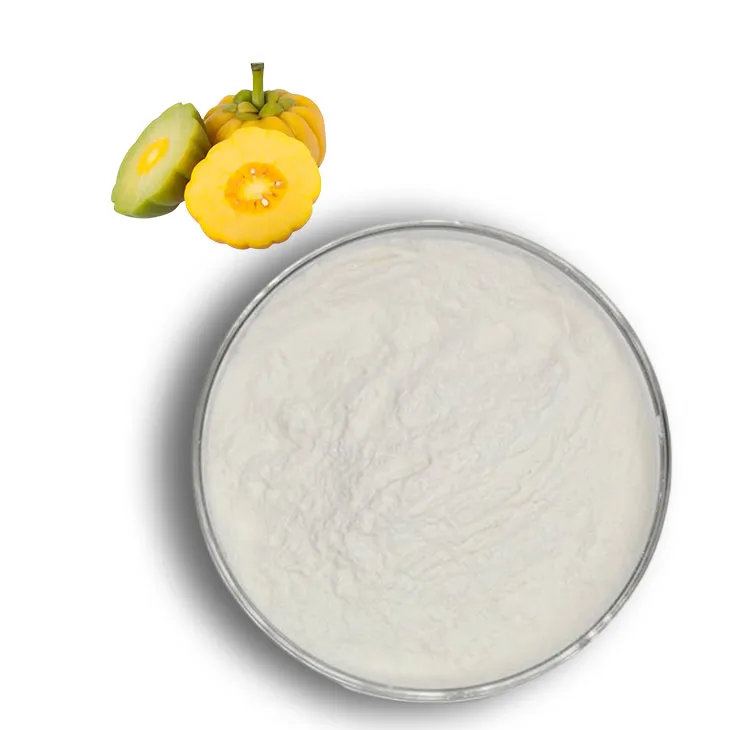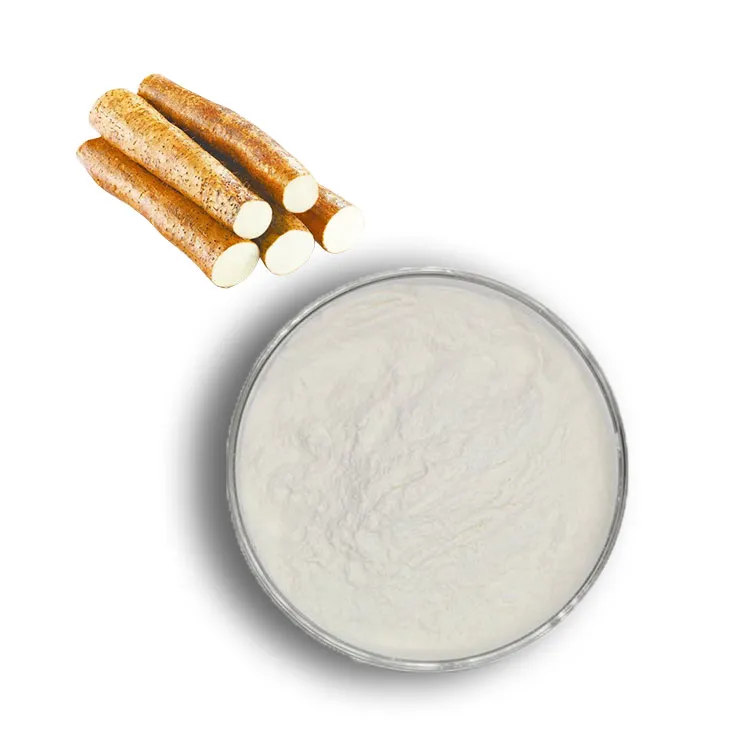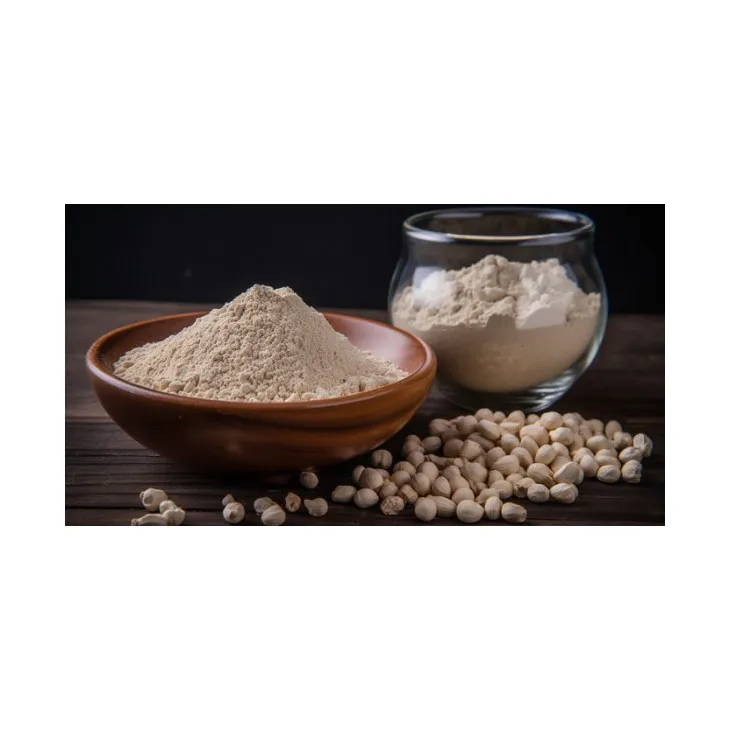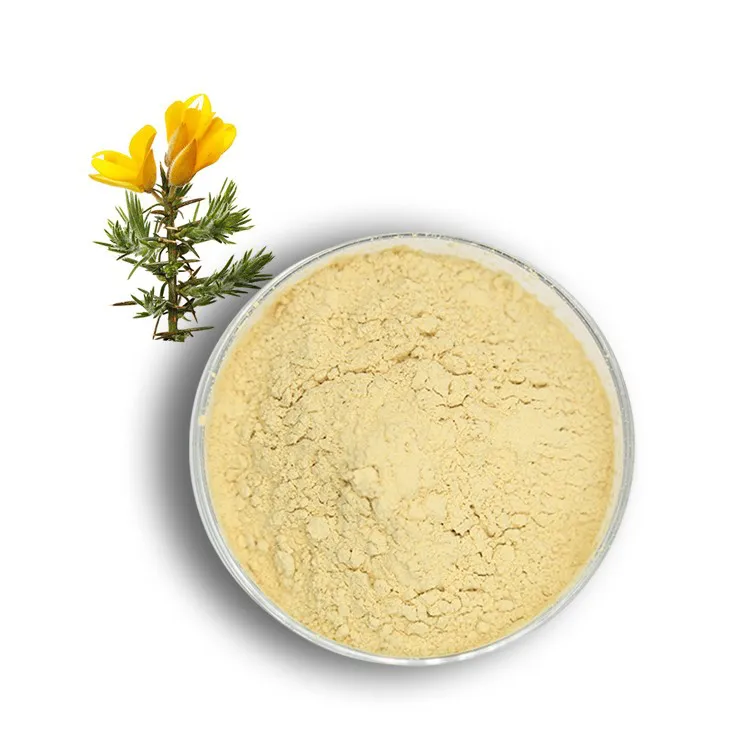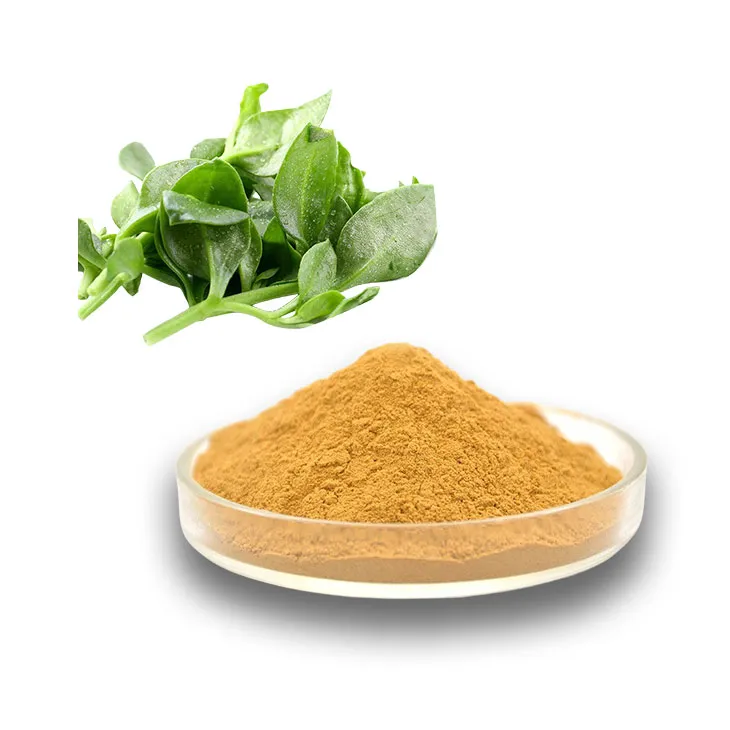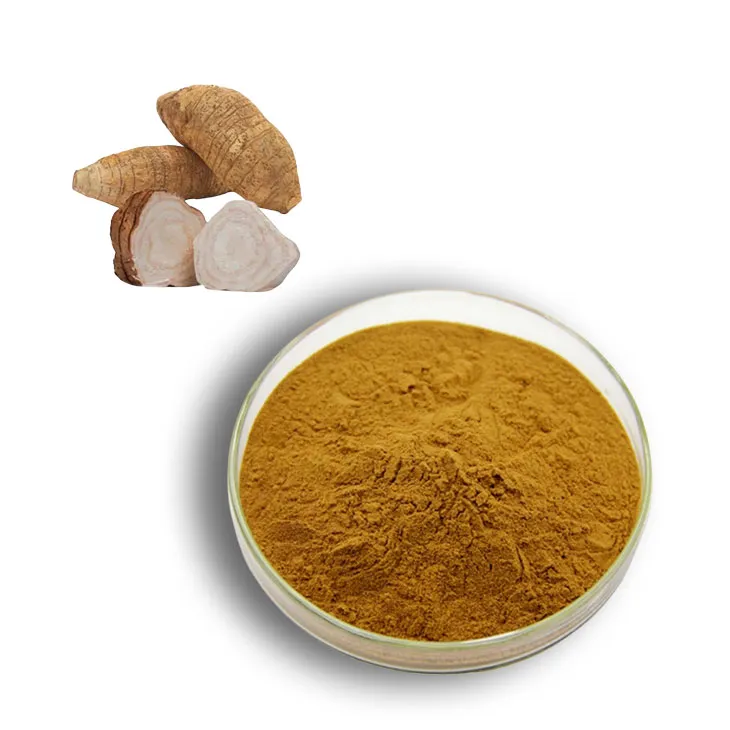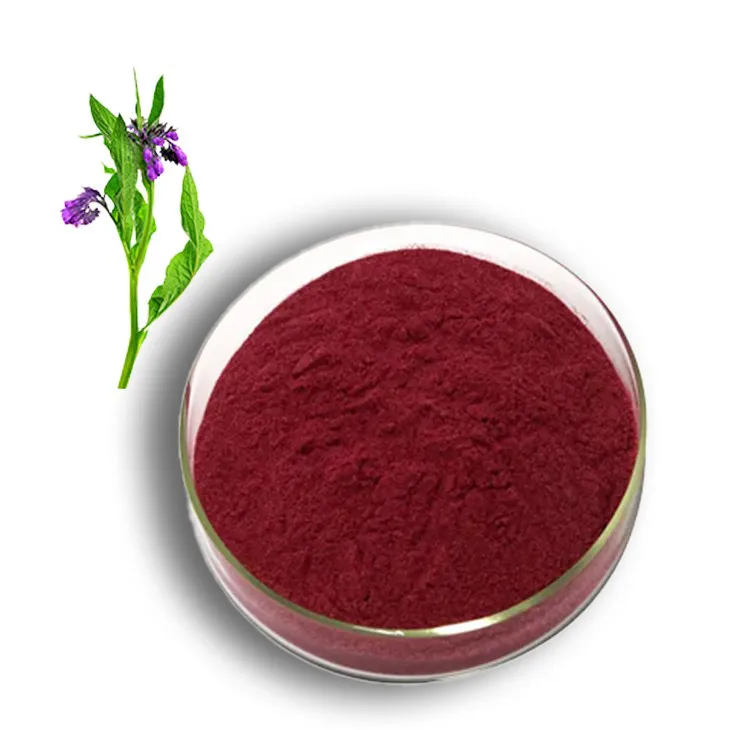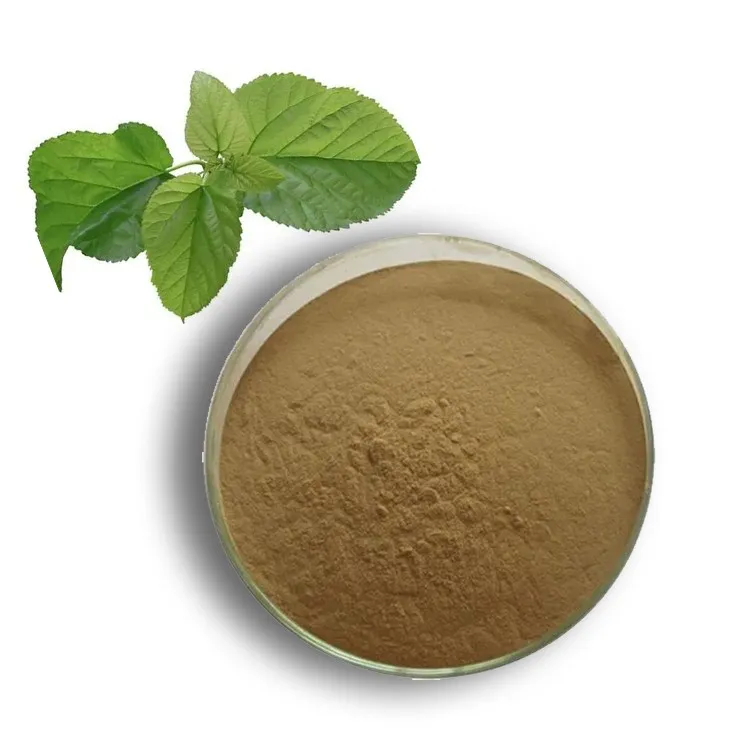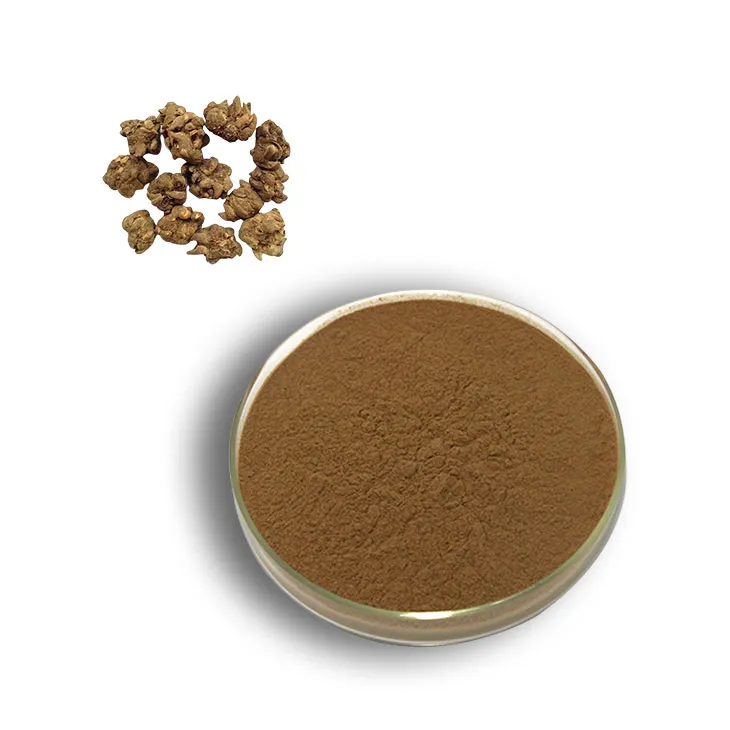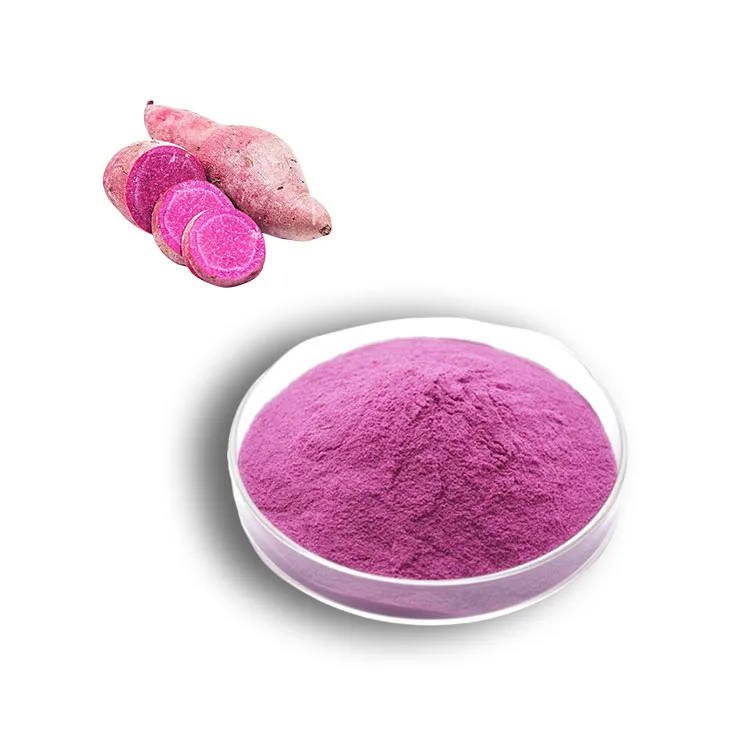- 0086-571-85302990
- sales@greenskybio.com
Advancements in the Determination of Total Flavonoid Content in Plant Extracts
2024-07-18
1. Introduction
Flavonoids are a large class of plant secondary metabolites with diverse biological activities. They play crucial roles in plants, such as protecting against UV radiation, pathogen attack, and oxidative stress. In addition, flavonoids have attracted significant attention in the fields of herbal medicine and nutrition due to their antioxidant, anti - inflammatory, and anti - cancer properties. Therefore, accurate determination of total flavonoid content in plant extracts is of great importance for quality control in herbal medicine production, as well as for the study of plant - derived antioxidants. Over the years, there have been remarkable advancements in the methods used for this determination, which this article will explore.
2. Traditional Methods for Determining Total Flavonoid Content
2.1. Spectrophotometric Methods
One of the most commonly used traditional methods is spectrophotometry. The aluminum chloride colorimetric method is a classic example. In this method, flavonoids react with aluminum chloride to form a complex that has a characteristic absorption peak in the UV - visible region. The absorbance of the complex is measured at a specific wavelength, usually around 415 nm. The total flavonoid content is then calculated based on a calibration curve prepared using standard flavonoid solutions. This method is relatively simple, cost - effective, and suitable for a large number of samples. However, it has some limitations. For example, it may be affected by the presence of other compounds in the plant extract that can also react with aluminum chloride, leading to over - or underestimation of the flavonoid content.
2.2. Thin - Layer Chromatography (TLC)
TLC is another traditional technique for the determination of flavonoids. It involves separating the flavonoid components in a plant extract on a thin layer of adsorbent material, such as silica gel. After separation, the flavonoids can be visualized using specific reagents, such as natural product reagents or UV light. The intensity of the spots corresponding to the flavonoids can be semi - quantitatively estimated. Although TLC is a useful method for the initial screening and identification of flavonoids, it has low precision and accuracy compared to modern methods. It is also time - consuming and requires experienced operators for proper interpretation of the results.
3. Modern Methods for Determining Total Flavonoid Content
3.1. High - Performance Liquid Chromatography (HPLC)
HPLC has become a powerful tool for the determination of total flavonoid content in plant extracts. It can separate individual flavonoid compounds with high resolution and sensitivity. In HPLC, the plant extract is injected into a column filled with a stationary phase, and a mobile phase is pumped through the column at a constant flow rate. The flavonoid compounds are separated based on their different affinities for the stationary and mobile phases. The separated flavonoids are then detected using a UV - Vis or other types of detectors, such as mass spectrometers (MS). HPLC - MS is particularly useful as it can provide both qualitative and quantitative information about the flavonoids present in the extract. Compared to traditional methods, HPLC offers greater accuracy, precision, and selectivity. However, it is also more expensive and requires more sophisticated equipment and skilled operators.
3.2. Ultra - Performance Liquid Chromatography (UPLC)
UPLC is an advanced form of HPLC. It uses smaller particle sizes in the column packing material and higher pressure, which results in faster separation times and improved resolution. UPLC can significantly reduce the analysis time while maintaining or even improving the separation efficiency compared to HPLC. This makes it a very attractive method for the determination of total flavonoid content in plant extracts, especially when dealing with large numbers of samples. For example, in a study comparing HPLC and UPLC for the analysis of flavonoids in a plant extract, UPLC was able to complete the analysis in a fraction of the time required by HPLC without sacrificing the quality of the results.
3.3. Capillary Electrophoresis (CE)
CE is a relatively new technique for flavonoid analysis. It separates flavonoids based on their electrophoretic mobilities in a capillary filled with an electrolyte solution. CE offers high separation efficiency, short analysis times, and low sample and reagent consumption. It can be used for both qualitative and quantitative analysis of flavonoids. However, like other methods, it also has some limitations. For example, the reproducibility of CE can be affected by factors such as temperature and the condition of the capillary, and it may require more complex sample preparation procedures compared to HPLC or UPLC.
4. Significance of Advancements in Total Flavonoid Content Determination for Herbal Medicine Quality Control
The accurate determination of total flavonoid content is crucial for ensuring the quality of herbal medicines. Flavonoids are often considered as marker compounds for the quality assessment of herbal drugs. With the advancements in determination methods, it is now possible to more precisely measure the flavonoid content in herbal extracts. This helps in standardizing the production process of herbal medicines, ensuring that the products contain consistent levels of active ingredients. For example, in the production of Ginkgo biloba extracts, which are known for their flavonoid content and beneficial effects on cognitive function, accurate determination of flavonoids using modern methods such as HPLC can help to ensure that the extracts meet the required quality standards. In addition, these advancements also enable better detection of adulteration or contamination in herbal medicines. If the flavonoid content in a sample is significantly different from the expected value, it may indicate the presence of impurities or substitution of the raw material.
5. Significance of Advancements in Total Flavonoid Content Determination for the Study of Plant - Derived Antioxidants
Flavonoids are important plant - derived antioxidants. The improved methods for determining total flavonoid content have a significant impact on the study of their antioxidant properties. By accurately measuring the flavonoid content, researchers can better correlate it with the antioxidant activity of plant extracts. This helps in screening plants with high antioxidant potential for further study and development. For example, in a study on different plant species, the use of modern chromatographic methods to determine flavonoid content allowed for a more accurate comparison of the antioxidant activities among the plants. Moreover, understanding the relationship between flavonoid content and antioxidant activity can also provide insights into the mechanisms by which flavonoids exert their antioxidant effects. This knowledge can be used to develop new antioxidant - based products, such as functional foods or nutraceuticals.
6. New Research Directions in the Determination of Total Flavonoid Content
- Miniaturization and Portable Devices: There is an increasing trend towards the development of miniaturized and portable devices for the determination of total flavonoid content. These devices can be used in the field for rapid screening of plant samples. For example, microfluidic - based devices are being explored, which can perform chromatographic or electrophoretic separations on a small scale. Such devices have the potential to reduce the cost and complexity of analysis, making flavonoid determination more accessible, especially in resource - limited settings.
- Multi - Component Analysis: Instead of simply determining the total flavonoid content, there is a growing interest in analyzing multiple components simultaneously. This includes not only flavonoids but also other bioactive compounds in plant extracts. Advanced chromatographic and spectroscopic techniques are being developed to achieve this goal. For example, comprehensive two - dimensional chromatography can separate a large number of compounds in a single analysis, providing a more comprehensive understanding of the chemical composition of plant extracts.
- Metabolomics - Based Approaches: Metabolomics is an emerging field that aims to study all the small - molecule metabolites in a biological system. In the context of flavonoid determination, metabolomics - based approaches can provide a holistic view of the flavonoid metabolism in plants. This can help in understanding how environmental factors and genetic variation affect flavonoid production. By using techniques such as liquid chromatography - mass spectrometry (LC - MS) in a metabolomics - based framework, researchers can identify and quantify a wide range of flavonoids and their related metabolites.
7. Challenges in the Determination of Total Flavonoid Content
- Matrix Effects: One of the major challenges is the matrix effect. Plant extracts are complex mixtures containing a large number of compounds other than flavonoids. These compounds can interfere with the determination of flavonoid content, either by enhancing or suppressing the signal in spectroscopic or chromatographic methods. For example, phenolic acids present in the extract may co - elute with flavonoids in HPLC, making it difficult to accurately quantify the flavonoids. To overcome matrix effects, extensive sample preparation techniques, such as extraction, purification, and fractionation, are often required.
- Standardization of Methods: Although there are various methods available for the determination of total flavonoid content, there is a lack of standardization across different laboratories. Different methods may give different results for the same sample, which can lead to confusion in the comparison of data. There is a need for international standards and protocols to ensure the reproducibility and comparability of results. This requires collaboration between researchers, regulatory agencies, and industry stakeholders.
- Cost and Accessibility: Some of the modern methods, such as HPLC - MS and UPLC, are expensive in terms of equipment purchase, maintenance, and operation. This limits their widespread use, especially in developing countries or small research laboratories. Additionally, the required expertise to operate these sophisticated instruments may not be readily available. Finding ways to reduce the cost and improve the accessibility of these methods is a challenge that needs to be addressed.
8. Conclusion
In conclusion, the determination of total flavonoid content in plant extracts has witnessed significant advancements in recent years. Traditional methods such as spectrophotometry and TLC have been supplemented and in some cases replaced by modern techniques like HPLC, UPLC, and CE. These advancements have important implications for quality control in herbal medicine and the study of plant - derived antioxidants. New research directions, such as miniaturization, multi - component analysis, and metabolomics - based approaches, offer exciting opportunities for further exploration. However, challenges such as matrix effects, lack of standardization, and cost and accessibility issues still need to be overcome. Continued research and collaboration are essential to address these challenges and to further improve the determination of total flavonoid content in plant extracts.
FAQ:
What are the traditional methods for determining total flavonoid content in plant extracts?
Traditional methods for determining total flavonoid content in plant extracts include the aluminum chloride colorimetric method. In this method, flavonoids react with aluminum chloride to form a complex that has a characteristic color, and the absorbance of this complex can be measured spectrophotometrically at a specific wavelength. Another traditional approach is the use of the sodium nitrite - aluminum nitrate - sodium hydroxide method. These traditional methods are relatively simple and cost - effective but may have some limitations in terms of accuracy and specificity.
What are the modern methods for determining total flavonoid content in plant extracts?
Modern methods for determining total flavonoid content in plant extracts include high - performance liquid chromatography (HPLC). HPLC can separate and quantify individual flavonoids with high precision. Liquid chromatography - mass spectrometry (LC - MS) is also a modern technique that not only can determine the content of flavonoids but also can identify the chemical structures of different flavonoids present in the plant extract. Additionally, capillary electrophoresis has been used for flavonoid determination, which offers advantages such as high separation efficiency and small sample requirements.
Why is the determination of total flavonoid content important for quality control in herbal medicine?
The determination of total flavonoid content is crucial for quality control in herbal medicine. Flavonoids are often considered as important bioactive components in herbal medicines. By accurately determining the total flavonoid content, one can assess the quality and potency of herbal medicine products. It helps in standardizing the herbal products, ensuring that they contain a consistent amount of the bioactive flavonoids. This, in turn, can affect the therapeutic efficacy and safety of the herbal medicine.
How do advancements in total flavonoid content determination contribute to the study of plant - derived antioxidants?
Advancements in total flavonoid content determination contribute significantly to the study of plant - derived antioxidants. Since many flavonoids have antioxidant properties, accurate determination of their content allows for a better understanding of the antioxidant capacity of plant extracts. Modern methods can distinguish between different flavonoids, which may have varying antioxidant activities. This knowledge can be used to develop new antioxidant - rich products from plants, and also to study the mechanisms by which flavonoids exert their antioxidant effects.
What are the new research directions in the determination of total flavonoid content in plant extracts?
New research directions in the determination of total flavonoid content in plant extracts include the development of more rapid and miniaturized analytical methods. For example, the use of microfluidic devices for flavonoid analysis is an emerging area. There is also a growing interest in developing methods that can simultaneously determine multiple classes of bioactive compounds, including flavonoids, in a single analysis. Additionally, research is focused on improving the accuracy and reproducibility of existing methods, especially for complex plant matrices.
What are the challenges in the determination of total flavonoid content in plant extracts?
There are several challenges in the determination of total flavonoid content in plant extracts. One major challenge is the complexity of plant matrices, which may contain a large number of interfering substances. These interfering substances can affect the accuracy of the determination methods. Another challenge is the lack of standardization among different methods, which can lead to inconsistent results. Additionally, some flavonoids may be present in very low concentrations in plant extracts, making their accurate quantification difficult.
Related literature
- Advances in Flavonoid Analysis in Plant Extracts"
- "Modern Techniques for Total Flavonoid Determination in Herbal Products"
- "Challenges and Opportunities in Determining Flavonoid Content for Herbal Quality Control"
- ▶ Hesperidin
- ▶ Citrus Bioflavonoids
- ▶ Plant Extract
- ▶ lycopene
- ▶ Diosmin
- ▶ Grape seed extract
- ▶ Sea buckthorn Juice Powder
- ▶ Fruit Juice Powder
- ▶ Hops Extract
- ▶ Artichoke Extract
- ▶ Mushroom extract
- ▶ Astaxanthin
- ▶ Green Tea Extract
- ▶ Curcumin
- ▶ Horse Chestnut Extract
- ▶ Other Product
- ▶ Boswellia Serrata Extract
- ▶ Resveratrol
- ▶ Marigold Extract
- ▶ Grape Leaf Extract
- ▶ New Product
- ▶ Aminolevulinic acid
- ▶ Cranberry Extract
- ▶ Red Yeast Rice
- ▶ Red Wine Extract
-
Garcinia Cambogia Extract
2024-07-18
-
Yam Extract
2024-07-18
-
Coix Seed Extract
2024-07-18
-
Genistein
2024-07-18
-
Andrographis Paniculata Extract Powder
2024-07-18
-
Pueraria Lobata Extract
2024-07-18
-
Shikone Extract
2024-07-18
-
Mulberry leaf Extract
2024-07-18
-
Cat Claw Extract
2024-07-18
-
Purple Sweet Potato Extract
2024-07-18











